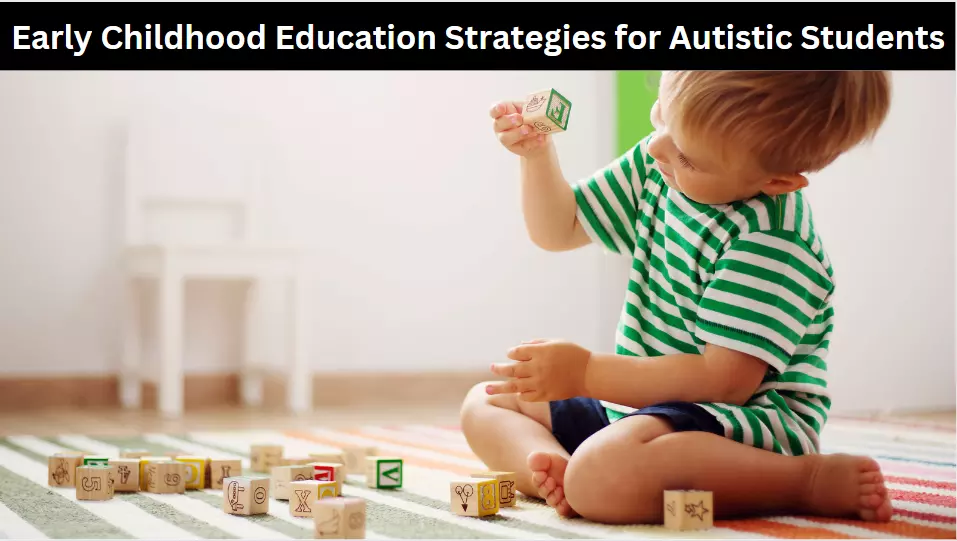Autism spectrum disorder (ASD) poses unique challenges in early childhood education. Adopting appropriate teaching strategies and embracing inclusive practices are crucial to ensure the success of autistic children in the classroom. In this article, we will delve into four key strategies that can enhance the learning experience of autistic students. Keep reading to learn more.
Incorporating Structured Teaching Methods
Structured teaching methods allow children with autism to understand their environment, fostering a sense of security and reducing anxiety. These methods include organizing the classroom in a visually clear way, providing visual schedules, and incorporating activity systems that break tasks into manageable steps. By providing explicit expectations and predictable routines, teachers help autistic children navigate the learning process with greater ease.
To further support structured teaching methods, the incorporation of popular children’s characters, like Bruno Thomas and Friends, can be utilized in learning materials and activities. This helps to create a familiar and friendly environment, encouraging engagement and understanding.
Embracing Individualized Instruction
Autistic children have diverse learning needs and preferences. By developing individualized instruction plans, teachers can address each child’s specific requirements and optimize their learning experiences. This approach involves identifying students’ strengths, interests, and challenges, then tailoring the teaching methods and materials accordingly.
For example, if a child displays strong visual-spatial abilities, teachers can emphasize visual materials and spatial reasoning tasks. Similarly, if a child demonstrates an interest in a specific topic or activity, incorporating it into the curriculum can boost motivation and engagement. Altering the pace, delivery style, and content of lessons allow autistic children to better understand and retain information.
An early childhood education bachelor degree online program can provide teachers with valuable knowledge and resources needed to create individualized instruction plans for autistic children. By continually updating their skills and expanding their knowledge base, educators ensure the implementation of successful teaching strategies for students with autism.
Utilizing Visual Supports
Visual supports play a critical role in helping autistic children comprehend information. This is because visual processing is typically a strength for individuals with autism. Examples of visual supports include social stories, visual schedules, and visual cues for behavioral expectations. These materials help autistic children understand expectations, routines, and social norms, boosting their confidence in navigating the school environment.
Additionally, visual supports can facilitate communication for nonverbal autistic students or those with limited speech. Tools like the Picture Exchange Communication System (PECS) allow children to communicate their needs and preferences by exchanging images. By accommodating various communication methods, teachers can promote active participation and enhance the learning experience for autistic children.
Visual supports can be seamlessly integrated into various classroom activities. For instance, visual cues can be used during group discussions or presentations, providing an accessible means for autistic children to participate. A variety of digital and technological tools are also available, such as interactive whiteboards and educational software, which can further enhance visual learning experiences for autistic students.
Promoting Social Skills Development
Developing social skills can be particularly challenging for autistic children. Teachers can foster social skills development by creating opportunities for peer interaction and collaboration. Group activities, structured play, and buddy systems can help autistic students build connections and practice their social abilities in a supportive environment.
Modeling appropriate social behaviors and providing explicit instruction on social norms can aid in the learning process. Visual social stories, role-playing exercises, and specific social skills curricula can also be implemented to help autistic children understand and master interpersonal interactions.
Educators should engage with parents and other support professionals, such as speech and language therapists or occupational therapists, to create a consistent approach toward social skills development. By working together, these stakeholders can provide comprehensive support to autistic children, fostering both academic and personal growth.
By integrating these strategies, teachers can create an inclusive and empowering environment that caters to the diverse needs of all students.
